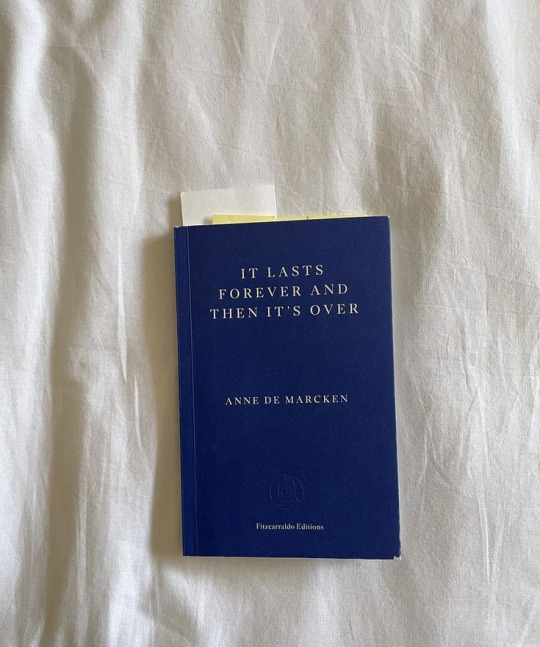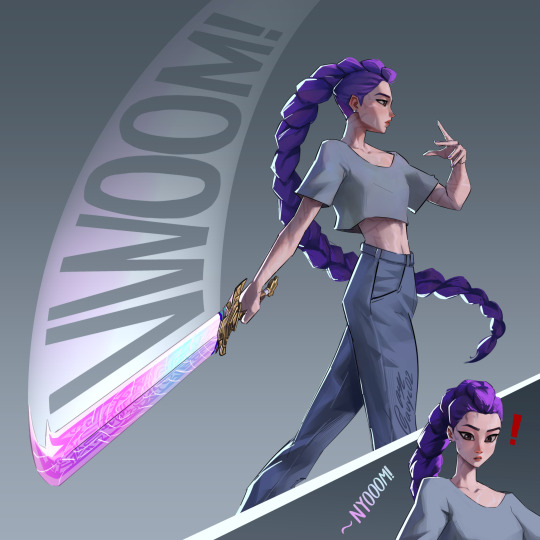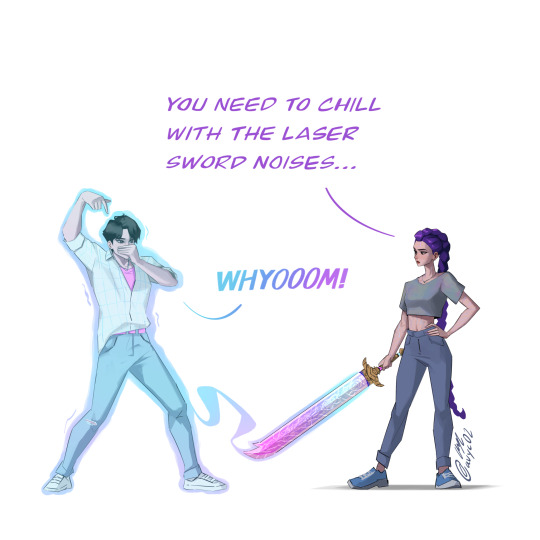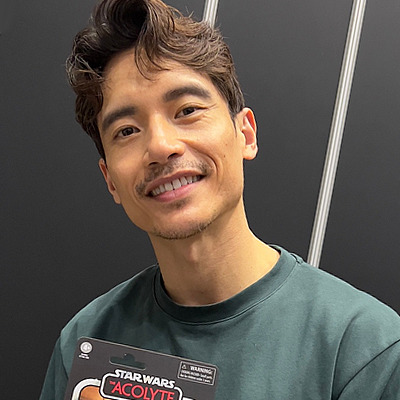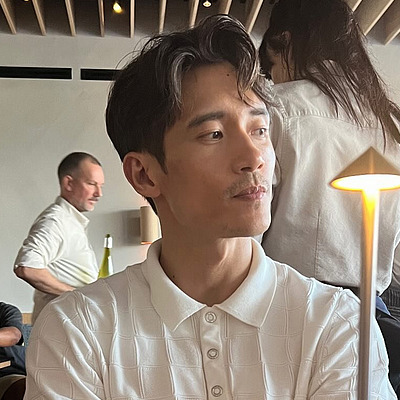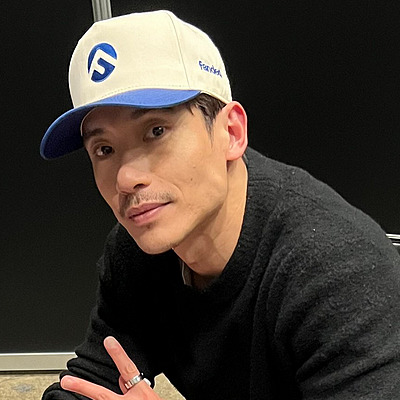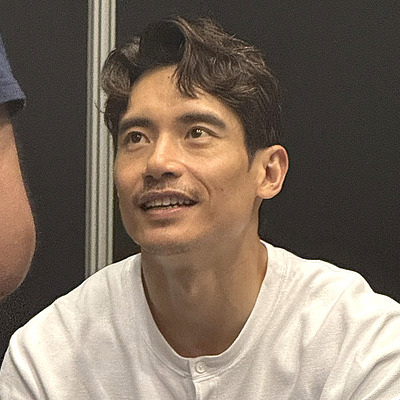Photo

The Past, 1838 by Cole Thomas (American, 1801–1848)
508 notes
·
View notes
Text


Akima Maldonado, Adau Aguer, and Zoe Osmond by Lian Benoit for Tidal Magazine June 2025
306 notes
·
View notes
Text


'Tokyo Street Style in June 2025' angelfriend666 and ru_1042 by zaiyen.co
198 notes
·
View notes
Text

La Morphine, 1905 by Albert Matignon (French, 1860--1937)
1K notes
·
View notes
Text


Zoey and Mira embracing the patterns look~ ✨✨✨
59K notes
·
View notes
Text
How to use a nap to shift, enter the Void state, or have an OBE

Naps are one of the most powerful underrated tools for consciousness work. If you’ve ever struggled to shift, enter the Void, or astral project at night ,naps might be exactly what your system needs. Here's how to make them work for you.
Before you nap:
1. Keep a soft light on if you can tolerate it. Full darkness may send you into too deep of a sleep phase. Light helps you stay closer to conscious awareness.
2. Drink a little water before your nap. This helps lightly activate your system, and might cause a natural micro-awakening (which you want).
3. Set the intention for micro-awakenings.
A simple sentence like:
"I will gently wake up a few times during this nap without stress, and I'll use those moments wisely."
No pressure, no obsession. Just a gentle mental imprint.
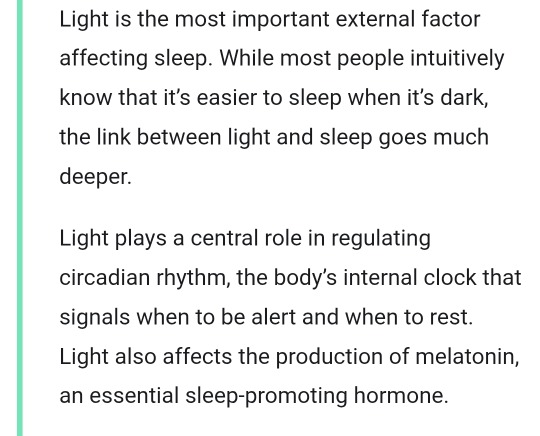
4. Optimal nap time: 20 minutes minimum, 30–90 minutes is often ideal.
Longer naps tend to produce more REM, which means more micro-awakenings and chances for altered states at the end of the nap.

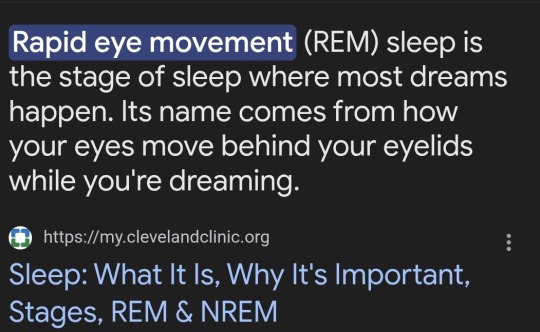
WHY NAPS WORK SO WELL:
You have more frequent micro-awakenings during naps than during full-night sleep cycles.
Why is that helpful?
Because micro-awakenings are literal gateways into:
Astral projection (OBE)
The Void state
Shifting into your Desired Reality
They are moments where you're partially disconnected from your body, but not fully lost in unconsciousness, perfect for transitions.
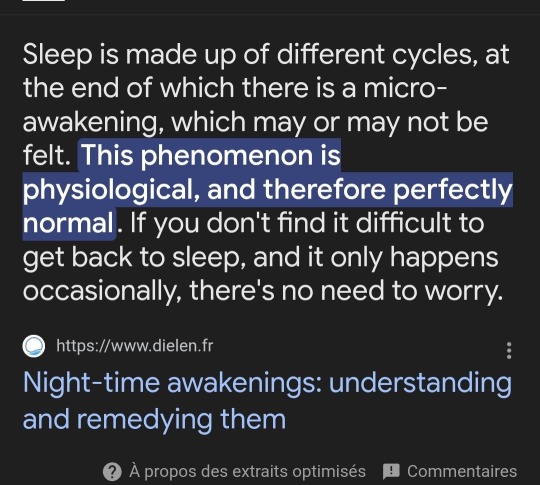
WHAT TO LISTEN TO (Optional):
Only use sound if you're used to it or if silence feels too intense. Some helpful audio options:
Delta Waves (1–4 Hz) → Best for Void / OBE access.
youtube
Theta Waves (4–7 Hz) → For shifting & deep subconscious connection
youtube
Soft ambient tracks that remind you of your DR
youtube
For exemple these kind of video
Silence → totally valid and often better for Void or advanced states
Avoid anything too stimulating or complex (like busy subliminals). A nap should feel like a dream, not a task.
WHAT TO DO WHEN YOU WAKE UP MID-NAP:
If you wake up for a second or two,don’t move. That’s a micro-awakening. This is your golden opportunity.
Now choose your pathway:
To astral project (OBE):
Imagine you're rolling, floating, standing, or "falling out" of your body You can also do Michael Raduga's techniques from the phase, it's very effective. .
Feel your non-physical body move while your real one stays still.
Think: “I’m separating now.”
To shift:
Affirm softly in your mind: “I’m already there” or “This is my DR now.”
Visualize a mirror, door, bed, or scene from your DR.
Let the feeling sink in, don’t force anything. If you're not here In 1 to 2 minutes go back to sleep and try again at the next micro awakening
To enter the Void:
Imagine sinking into total darkness.
Repeat words like “Void,” “Let go,” or “I surrender.” Really simple affirmations
Focus on silence, emptiness, and your own presence.
Don’t try to do all three. Pick one and keep your focus gentle.
Note : It's easier to shift and enter the void via astral projection so you can make that your objective and then shift/enter the void from there.
How long until you see eesults?
It depends on your mental habits, your subconscious state, and how often you practice.
Some people will enter the Void or shift in their first nap. Others may need:
A few days to get familiar with the feeling of micro-awakenings
A week to build the right intention + mindset
Or longer to release mental pressure
But with consistency and curiosity, something will happen.
How to practice with naps:
1. Don’t overload the process. Choose one main goal: shift / void / OBE.
2. Practice relaxed awareness, not intensity.
3. Use naps 2–4 times a week if possible. More is okay, but allow integration time.
4. Every nap is feedback. Whether you shift or not, something is unfolding.
Your job is to stay open, non-attached, and consistent.
youtube
I also found this subliminal which can be really helpful for some
Common mistakes you can probably make:
Wanting it too much → Pressure blocks access remember to be in the present moment
Being way too tired -> You are immediately in a deeper sleep
Switching goals mid-nap → Stay focused on one target
Using the phone right before → It overstimulates your brain
Audio too intense → Stick to low, calm, minimal tracks
Moving during micro-awakenings → The window closes fast
Note: You can do it this way, but if you have trouble, you're probably making one of these mistakes.
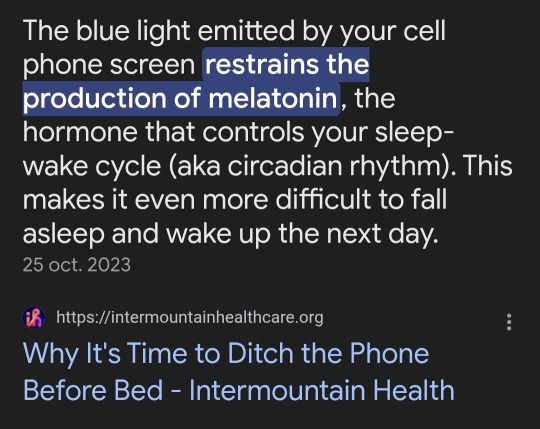
Helpful points that make a big difference:
Light in the room (helps semi-conscious awareness)
Gentle intention before nap
Drinking water (small amount, not too much)
Putting the phone far away
Trusting your subconscious
Journaling dreams & wake-ups
block that eren’t mistakes (But slow You down):
Unconscious belief "I can’t do it" → becomes a loop
Thinking too much → energy stays in the head
Sleep deprivation → body overrides intention for deep rest
Trying to "control everything" → Void and OBE require surrender try to let go the noise to fall into it to fall into your own presence.
These aren’t your fault. But they do need gentle support.
I invite you to see this document by Michael Raduga for more information.
What will help you most:
Meditate regularly (even 5 minutes)
youtube
Work on trust more than technique
Practice breathing exercises daily
Learn to recognize early signs of altered states
Use naps as exploration.
Let your curiosity guide you
Final Note:
Naps are not “cheating.” They’re one of the most intuitive bridges between consciousness and other states of being.
So next time you nap, remember:
-> “All I need to do is surrender to what already belongs to me.”

295 notes
·
View notes
Text


MEGAN THEE STALLION — via Diana Shin’s IG Update (July 17, 2025)
290 notes
·
View notes
Text

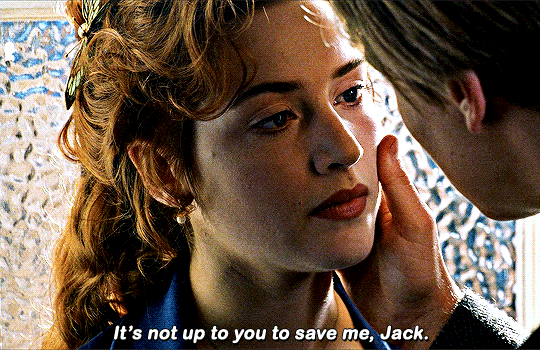

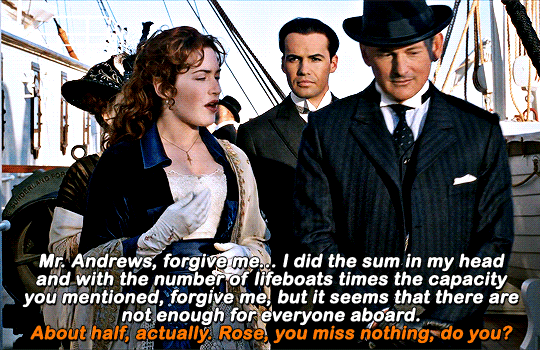






Kate Winslet as Rose DeWitt Bukater in TITANIC (1997)
There was this myth, I think, that was created by the media that the films entire success was based on 14-year-old girls going back to see it over and over again because they were in love with Leo. Certainly, that was a factor. But I also think they missed a critical point, which is teenage girls love the movie because it was about them. And they related to Rose. — James Cameron (Director)
So when I decided to write the book on it and I went to see the movie again, there were two teenage girls sitting behind me and they were weeping. And I said, "How often have you seen this film?" And they said, "Oh maybe six or seven times." And I said, "Why do you love this film so much that you keep seeing it?" They said the payoff in the movie for them was seeing those photographs at the end. It was seeing this old woman who had been the young woman and that she had lived a rich and really full life. And that she had survived all these troubles and had made something of herself. And that was so inspiring.
— David Lubin (Author of BFI Modern Classics: "Titanic")
3K notes
·
View notes











